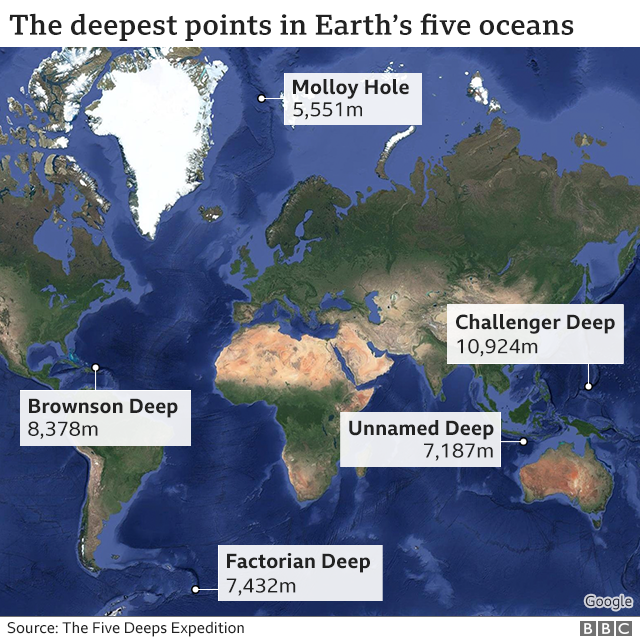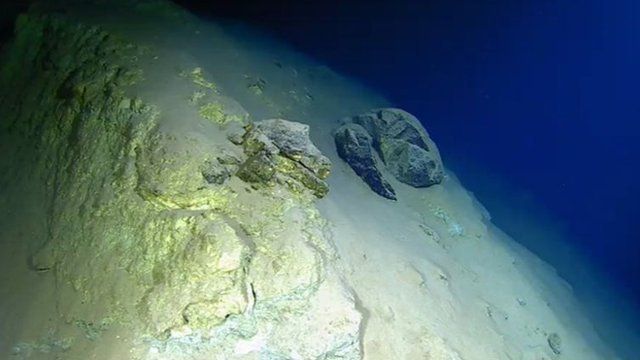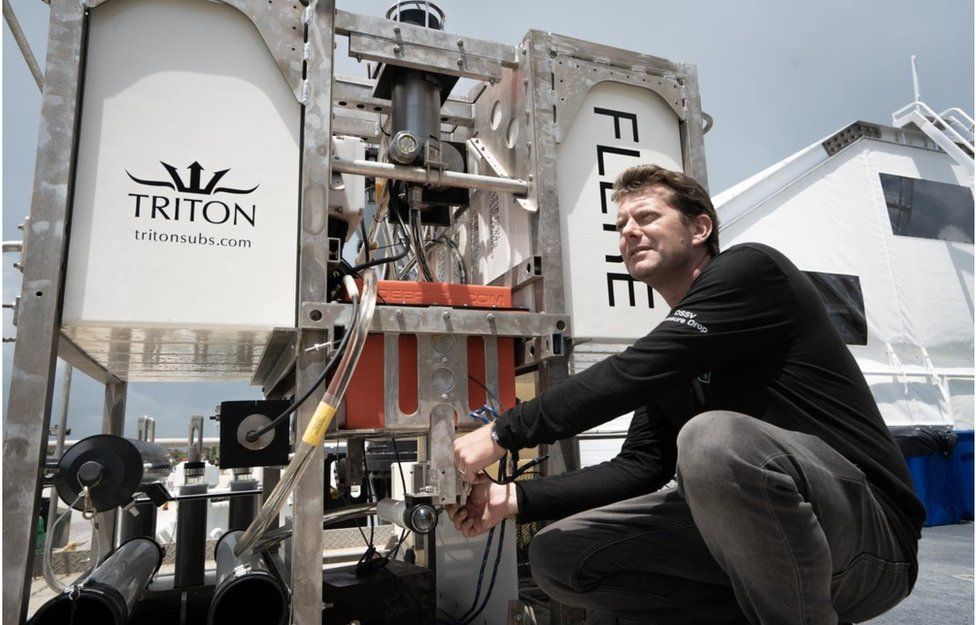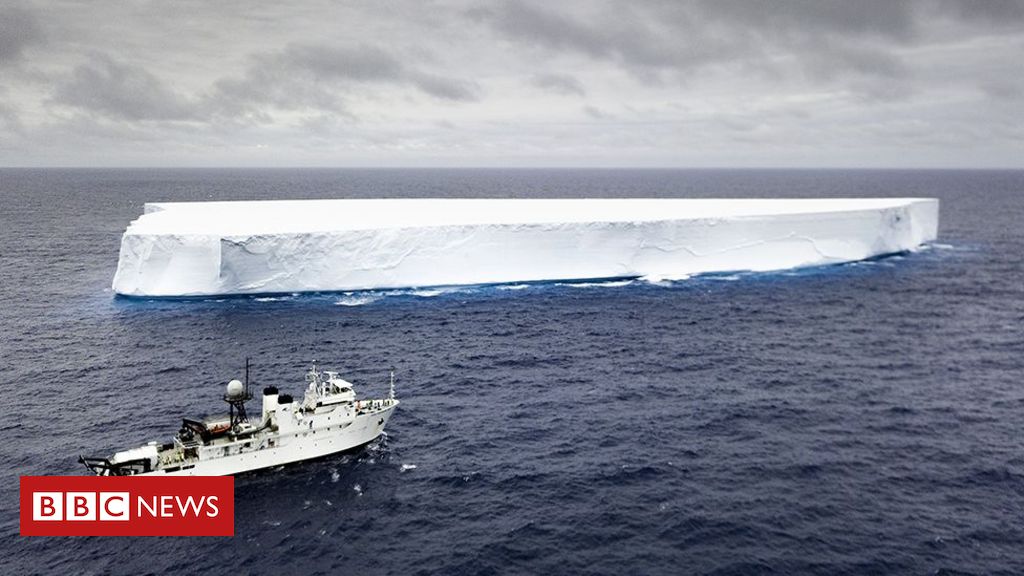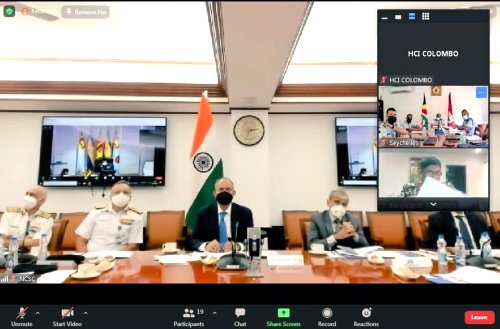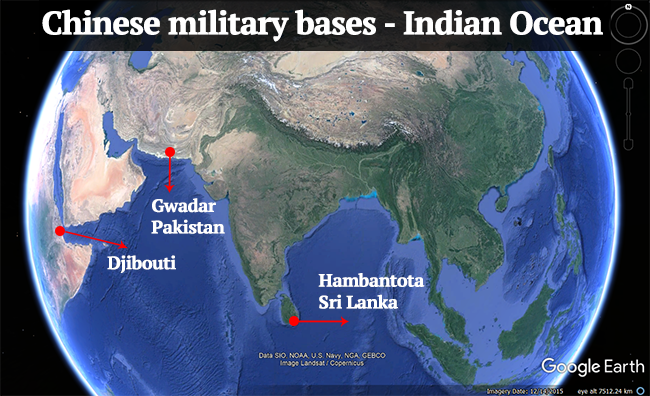Seychelles allows India military infra on island
NEW DELHI: Overcoming a hiccup, India and Seychelles signed a revised agreement that will allow India to build military infrastructure on Assumption Island, that will expand its strategic reach in the Indian Ocean.
Foreign secretary S Jaishankar signed the agreement in Victoria on Saturday.
In a statement, Jaishankar said, "India and Seychelles have drawn up a cooperation agenda that covers within its purview joint efforts in anti-piracy operations, and enhanced EEZ surveillance and monitoring to prevent intrusions by potential economic offenders indulging in illegal fishing, poaching, drug and human trafficking. The cooperation is further exemplified by the operationalisation of the Coastal Surveillance Radar System in March 2016, and our commitment to augment Seychelles' defence assets and capability. "
After meeting Jaishankar, the island nation's President, Danny Faure, said "Today we will sign a revised version of the Agreement for the development of facilities on Assumption Island. This project is of utmost importance to Seychelles, and it attests to the kinship and affinity that exists between our two countries. We are proud to have India as a partner in realising our development aspirations."
The agreement had been signed in 2015 during the visit of PM Modi but it ran into trouble because it had not been ratified by the Seychelles parliament by the previous president, James Michel. The first sign that the agreement was in trouble came in August 2017, when Faure said in a press conference that it would have to be re-negotiated. "We would like to relook at the agreement which does not have a legal statute on the Seychelles side. But for India, it has a legal statute. We have to go back to the drawing board."
That took Jaishankar to Seychelles in October, and the two sides restarted discussions on amendments to the agreement. The negotiations were completed after the Seychelles opposition party gave a thumbs up to it.
Faure worked with the opposition and after including several amendments cleared it with his cabinet on January 22. A statement after the Seychelles cabinet meeting said, "Cabinet agreed on the main purpose of the agreement which is to provide a framework for assistance to the Government of Seychelles by the Government of India to enhance the military capabilities in control and maritime surveillance of our EEZ, protection of our EEZ and the outer islands and search and rescue in the region for the benefit of air and shipping traffic." After the signing, the agreement would be ratified by Seychelles parliament. The ratification is expected to be a formality because the new agreement has been agreed to by both government and opposition.
The agreement is very important for India, as it works hard to mark a military presence on both Seychelles and Mauritius (Agalega island), in its drive to extend its strategic footprint in the Indian Ocean.
The Faure government put the brakes on the agreement with India in 2017 — after the 2016 elections, Faure's party, People's Party lost their majority in parliament, which went to the opposition coalition, Linyon Demokratik Seselwa (LDS). Its leader, Indian-origin Wavel John Charles Ramkalawan was important to build political consensus on the agreement.
During his recent visit to India as part of the PIO parliamentarians conference in New Delhi, Ramkalawan indicated that a consensus had been achieved and the deal would be done shortly. The signing of the agreement is among the last actions by Jaishankar, who will be replaced by Vijay Gokhale as foreign secretary.
The importance of the agreement this time is that it will be more solid, having full political approval from both ruling and opposition parties in Seychelles.
Seychelles allows India military infra on island - Times of India
NEW DELHI: Overcoming a hiccup, India and Seychelles signed a revised agreement that will allow India to build military infrastructure on Assumption Island, that will expand its strategic reach in the Indian Ocean.
Foreign secretary S Jaishankar signed the agreement in Victoria on Saturday.
In a statement, Jaishankar said, "India and Seychelles have drawn up a cooperation agenda that covers within its purview joint efforts in anti-piracy operations, and enhanced EEZ surveillance and monitoring to prevent intrusions by potential economic offenders indulging in illegal fishing, poaching, drug and human trafficking. The cooperation is further exemplified by the operationalisation of the Coastal Surveillance Radar System in March 2016, and our commitment to augment Seychelles' defence assets and capability. "
After meeting Jaishankar, the island nation's President, Danny Faure, said "Today we will sign a revised version of the Agreement for the development of facilities on Assumption Island. This project is of utmost importance to Seychelles, and it attests to the kinship and affinity that exists between our two countries. We are proud to have India as a partner in realising our development aspirations."
The agreement had been signed in 2015 during the visit of PM Modi but it ran into trouble because it had not been ratified by the Seychelles parliament by the previous president, James Michel. The first sign that the agreement was in trouble came in August 2017, when Faure said in a press conference that it would have to be re-negotiated. "We would like to relook at the agreement which does not have a legal statute on the Seychelles side. But for India, it has a legal statute. We have to go back to the drawing board."
That took Jaishankar to Seychelles in October, and the two sides restarted discussions on amendments to the agreement. The negotiations were completed after the Seychelles opposition party gave a thumbs up to it.
Faure worked with the opposition and after including several amendments cleared it with his cabinet on January 22. A statement after the Seychelles cabinet meeting said, "Cabinet agreed on the main purpose of the agreement which is to provide a framework for assistance to the Government of Seychelles by the Government of India to enhance the military capabilities in control and maritime surveillance of our EEZ, protection of our EEZ and the outer islands and search and rescue in the region for the benefit of air and shipping traffic." After the signing, the agreement would be ratified by Seychelles parliament. The ratification is expected to be a formality because the new agreement has been agreed to by both government and opposition.
The agreement is very important for India, as it works hard to mark a military presence on both Seychelles and Mauritius (Agalega island), in its drive to extend its strategic footprint in the Indian Ocean.
The Faure government put the brakes on the agreement with India in 2017 — after the 2016 elections, Faure's party, People's Party lost their majority in parliament, which went to the opposition coalition, Linyon Demokratik Seselwa (LDS). Its leader, Indian-origin Wavel John Charles Ramkalawan was important to build political consensus on the agreement.
During his recent visit to India as part of the PIO parliamentarians conference in New Delhi, Ramkalawan indicated that a consensus had been achieved and the deal would be done shortly. The signing of the agreement is among the last actions by Jaishankar, who will be replaced by Vijay Gokhale as foreign secretary.
The importance of the agreement this time is that it will be more solid, having full political approval from both ruling and opposition parties in Seychelles.
Seychelles allows India military infra on island - Times of India
Last edited by a moderator:





 SpokespersonNavy✔@indiannavy
SpokespersonNavy✔@indiannavy